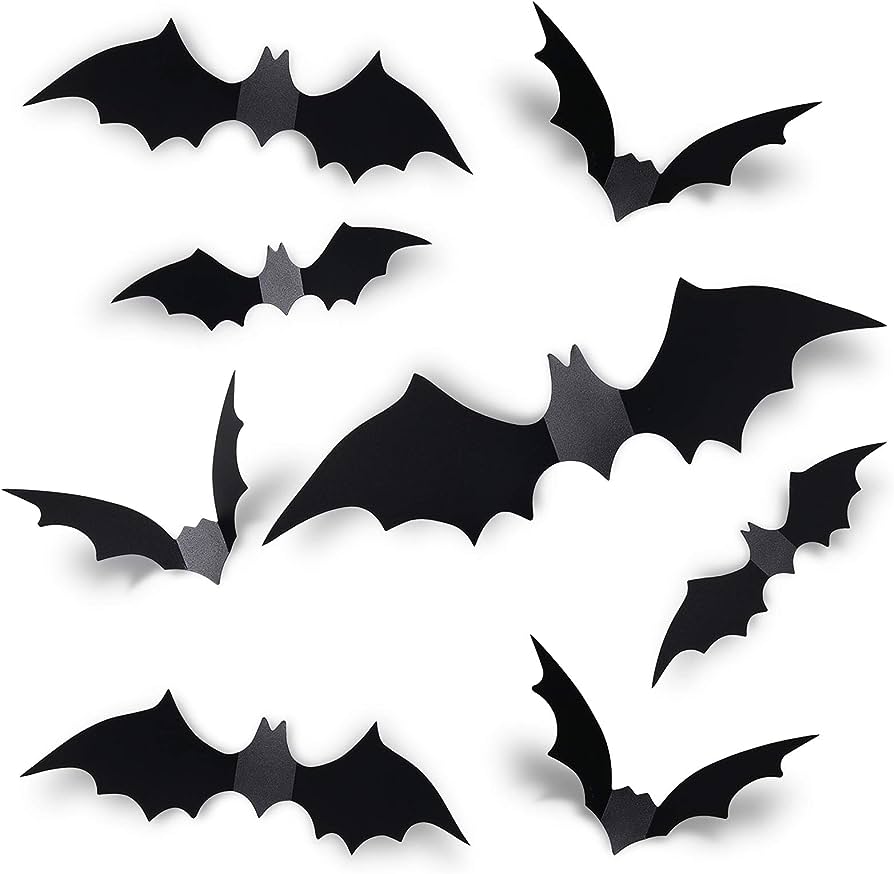They’ve been called creepy, scary and spooky, but bats are an important species that impact our daily lives in ways we might not even realize.
From pollinating our favorite fruits to eating pesky insects to inspiring medical marvels, bats are valuable contributors to our overall well-being and ecosystems. Considering all that they do for us, it’s surprising that bats continue to have such a bad rap.
Bat Week — held during the last week in October — attempts to dispel some of that creepy, scary and spooky mythology about bats by celebrating their role in nature and all that these amazing creatures do for us. And what better time of year to celebrate bats, with Halloween just around the corner?
Bat Week is also an opportunity to raise awareness about the need for bat conservation. Of the close to 1400 species of bats worldwide, eight are found here in Ontario. Bats are mammals (warm-blooded) and nocturnal; thanks to the webbed membrane on their forelegs they are the only mammals that can sustain flight. And as any of us who have seen them darting about in the evening dusk know, they are extraordinarily agile.
Bats use ‘echolocation’ to detect prey and obstacles in their flight path. Echolocation senses objects by using sound waves that echo back to the bat in flight. Several other animals have a version of this ability, including dolphins and whales. Research suggests that humans also have this capacity and, when tapped into, it has proven to have many benefits, particularly for the visually impaired.
Bats can be a nuisance when they get inside our houses – and they do. Outside is where they really shine as critical contributors to pest control, particularly in agricultural areas. In more southerly climes bats also act as pollinators for fruits like bananas and mangos. Even the agave used in tequila depends on bats for pollination.
Bats have few natural predators, but they are susceptible to disease and habitat loss. Currently many bat colonies here in Ontario are threatened by ‘White Nose Syndrome,’ a fungus that appears as white fuzz around the bat’s nose and deteriorates their wing membrane. White Nose Syndrome has been present among bat colonies in Simcoe County since 2011. Sadly, the condition is highly contagious and continues to spread.
There is no cure for White Nose Syndrome; however, scientists and researchers from all over the world are working together to study the disease, how it spreads and infects bats, and what we can do to control it. Several experimental treatments have been tested, including a vaccine and making changes to bat habitats. Finding the right treatment has been challenging. With continued research, this will hopefully lead to increased survival of bats from this devastating disease.
Over the past decade there has been growing public awareness of bats and their role in controlling pests. Today, homeowners are encouraged to help bats by turning off exterior lights during the summer months and providing ‘bat-houses’ as safe roosts during the summer breeding season. Designs for these houses are readily available on the internet – here is one among many that provides plans and advice: https://www.thespruce.com/bat-house-plans-4775009. In addition to providing a habitat for local bats, a bat-house may also help keep them from spending the night (or the winter) in your garage or attic.
There’s no question that bats are vital cogs in our eco-system just as there is no question that they have fascinated human beings for centuries—the basis of countless legends and stories. We can still enjoy these myths, but learning the real value of bats will lead us to properly appreciate bats as—as someone once dubbed them—“heroes of the night.”
BOO! 🦇 and Happy Halloween from Sustainable Orillia

